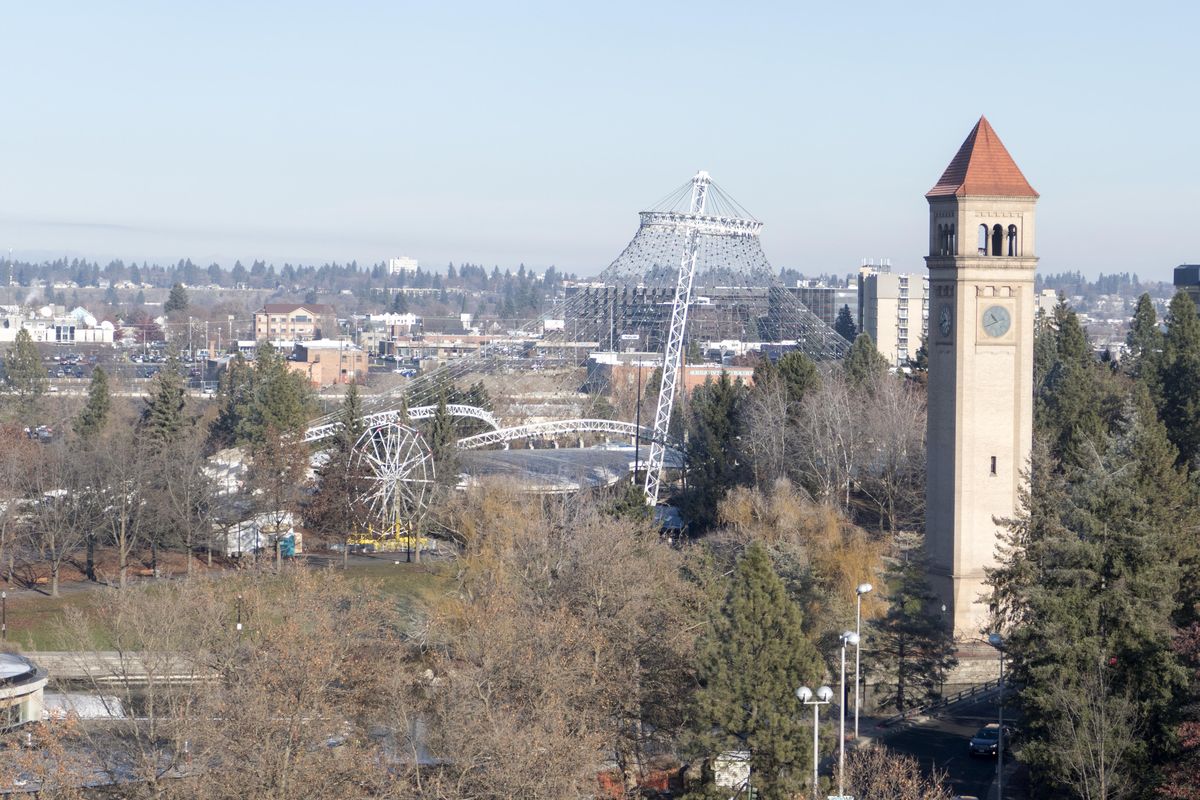Then and Now: U.S. Pavilion at Expo

Getting the money and various approvals needed for Expo ’74, the world’s fair that was to be held in the relatively tiny city of Spokane, seemed too big a hurdle to overcome.
Spokane business leaders needed the railroads to move their tracks away from the river’s edge. They needed to pass a local B&O tax to raise almost $6 million. They needed several million more from local business leaders. Organizers traveled to the Bureau International des Expositions, or BIE, in Paris, seeking approval for Spokane’s fair.
Even if all these efforts were successful, the largest piece of the puzzle was the federal money needed to build the U.S. Pavilion. In 1972, there were many other spending priorities before Congress.
Washington state’s U.S. Senators, Henry Jackson and Warren Magnuson, were a powerful pair, but funding for Spokane’s world’s fair was not a sure thing in the Senate. And it would be argued on the House side by the state’s junior Representative, Tom Foley.
On Oct. 4, 1972, before the House Committee on Foreign Affairs’ Subcommittee on International Organizations and Movements, Foley gave his pitch for $11.5 million for the Pavilion. It was late in the 92nd Congress and if the funding proposal got shelved, it might doom Expo for good. Many asked if federal funding of fairs was appropriate at all. Spokane was already busy extending invitations to countries and corporations to provide exhibits and pavilions. This displeased some of the committee that Spokane was pressing ahead, without a guarantee of federal funds. What if Spokane got the money, but failed anyway?
Expo historian Bill Youngs wrote of Foley’s response to these questions: “Tom Foley then all but brought his hometown into room 2200 of the Rayburn House Office Building. Spokane had taxed itself to the tune of $5.7 million; the local business community had committed another $6.8 million; the railroads were donating millions more in property.” The committee was impressed with what Spokane had accomplished.
The full house passed the $11.5 million funding bill by unanimous consent Oct. 13, 1972. It had passed the Senate a few days before.